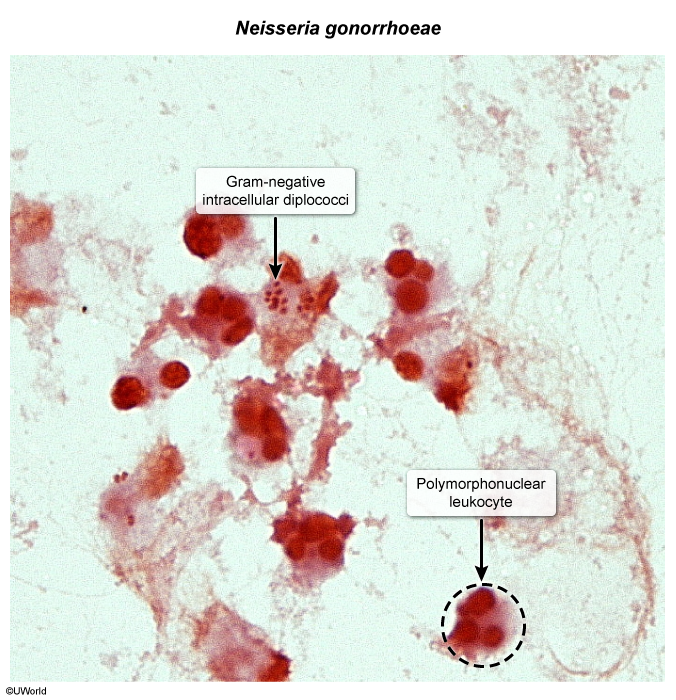Neonatal Conjunctivitis
Article Sections
Introduction
Neonatal conjunctivitis, also known as ophthalmia neonatorum, is inflammation of the conjunctiva that occurs during the first 4 weeks of life. It can be caused by infectious or noninfectious etiologies.
Pathophysiology and risk factors
Neonatal conjunctivitis most commonly occurs due to infection. Although bacteria and viruses that commonly cause conjunctivitis in older patients (eg, Staphylococcus aureus, Streptococcus pneumoniae, adenovirus) can also affect neonates, Neisseria gonorrhoeae and Chlamydia trachomatis are pathogens unique to the neonatal period and can cause severe complications. These infections are acquired by vertical transmission via contact with infected maternal genital secretions during vaginal delivery. Following transmission, the bacteria invade the conjunctival epithelium, prompting an inflammatory response.
Risk factors include:
- Lack of prenatal care/routine screening for sexually transmitted infections (STIs)
- Prolonged rupture of membranes during labor
Continue Learning with UWorld
Get the full Neonatal Conjunctivitis article plus rich visuals, real-world cases, and in-depth insights from medical experts, all available through the UWorld Medical Library.
Images
